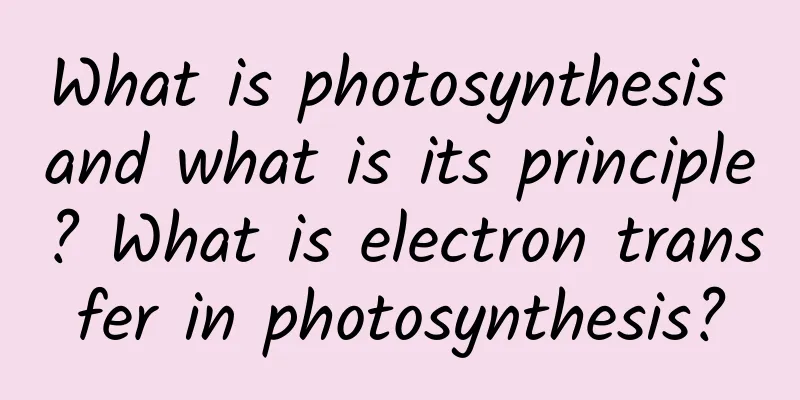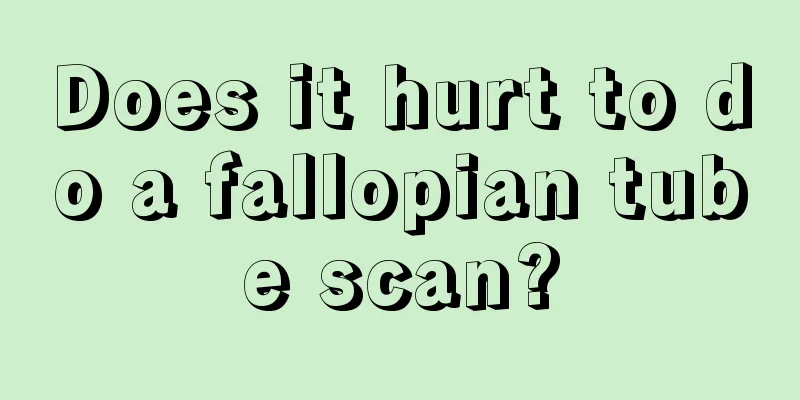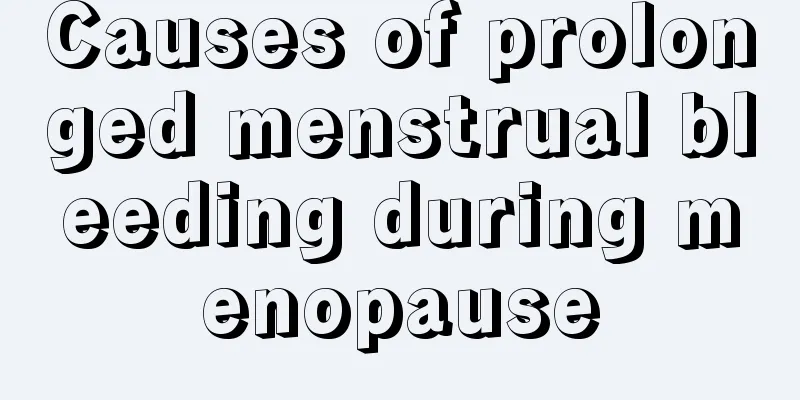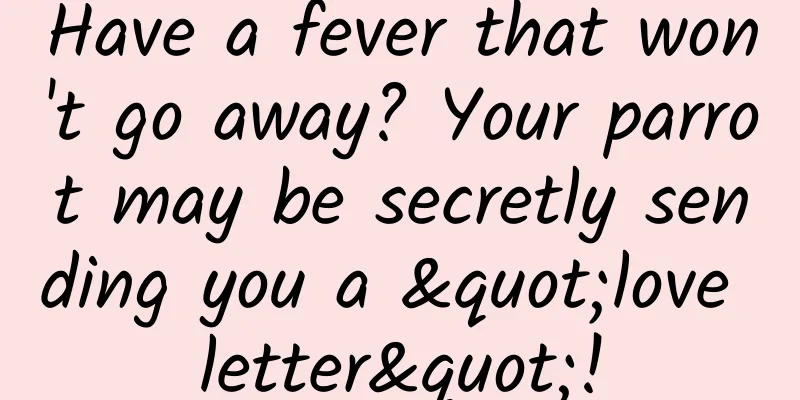What is photosynthesis and what is its principle? What is electron transfer in photosynthesis?

|
For green plants, during sunny days, the leaves of green plants will use the energy of sunlight to carry out photosynthesis. Green plants use the sun's light energy to assimilate carbon dioxide and water to produce organic matter and release oxygen. The organic matter produced by photosynthesis is mainly carbohydrates, and it releases energy. Isn't it amazing? Let's take a look at the principle of how they do this? Are you interested? Contents of this article 1. What is photosynthesis and what is its principle 2. What is electron transfer in photosynthesis? 3. How do leaves carry out photosynthesis? 1What is photosynthesis and what is its principlePhotosynthesis is the process by which producers such as plants, algae and some bacteria use light energy to convert carbon dioxide, water or hydrogen sulfide into carbohydrates. Principle of photosynthesis: Green plants use the sun's light energy to assimilate carbon dioxide and water to produce organic matter and release oxygen. The organic matter produced by photosynthesis is mainly carbohydrates, which release energy. The process of photosynthesis: Light reaction: When light shines on the pigment molecules of plants, its energy is absorbed and converted into the difference in hydrogen ion concentration inside and outside the chloroplast membrane, which then acts on ATP synthase, leading to the synthesis of ATP. Dark reaction: Plants absorb carbon dioxide and combine it with sugar. With the participation of enzymes, it reacts with water to generate reduced sugar (carbon chain growth) and oxygen. This process consumes ATP, which is a dark reaction. Then, after a cycle, sugars for combining with carbon dioxide can be regenerated. During the cycle, the carbon in carbon dioxide is converted into carbon in sugars, achieving carbon fixation. After a cycle, the amount of sugar increases. 2What is electron transfer in photosynthesis?Most of the energy released in glucose metabolism is accomplished by the electron transfer system or electron transfer chain including molecular oxygen. The electron transfer chain is a series of electron transfer bodies present on the inner membrane of mitochondria, such as various cytochromes, etc. Molecular oxygen is the last electron acceptor in the electron transfer chain. In the electron transfer chain, the redox reactions of each electron transfer body are sequentially transmitted from high energy level to low energy level. The energy released during the transfer process is stored in ATP through phosphorylation. The formation of ATP occurs on the inner membrane of mitochondria. Oxidative phosphorylation: Phosphorylation is closely related to the electron transfer of the oxidation process. It is different from substrate-level phosphorylation. 3How do leaves photosynthesize?For green plants, during sunny days, their leaves will use the energy of sunlight to carry out photosynthesis to obtain the nutrients necessary for growth and development. The key participants in this process are the chloroplasts inside. Under the action of sunlight, the chloroplasts convert the carbon dioxide that enters the leaves through the stomata and the water absorbed by the roots into starch, while releasing oxygen. |
Recommend
Hot compresses for carpal tunnel syndrome in pregnant women
In modern society, because computers have become ...
It’s the “sneezing” season again. What’s making me sneeze non-stop?
Spring is supposed to be a beautiful season full ...
What to do if urine sugar is high in late pregnancy
We all know that our body is directly related to ...
What tests can detect cervical polyps?
Cervical polyps are a manifestation of chronic ce...
Standard value of fetal development at 25 weeks of pregnancy
For any female friend, pregnancy is a really happ...
Meeting your husband's needs can actually protect your breasts
Breast hyperplasia is closely related to our livi...
TrendForce: Mobile phone camera module shipments to reach 4.844 billion in 2021, to grow 3% year-on-year next year
TrendForce's latest research report shows tha...
Kidney stones occur in clusters! In the hot summer, are you drinking enough water?
Since the beginning of summer, we have admitted s...
Is it normal to gain weight during menstruation?
Many women find themselves gaining weight during ...
The entry-level exercise guide is ready for you!
today Let's follow together Sports...
Why do nipples become hard and painful after ovulation?
After ovulation, the nipples become hard and pain...
Can I eat sweet wine and eggs after a caesarean section?
As various kinds of delicious food continue to in...
What are the consequences of women not taking care of themselves?
Nowadays, many women pay great attention to maint...
What harm does breast cyst do to the body?
Everyone knows that breast cysts are an extremely...
What is it like to see blood during labor?
As the saying goes, pregnancy lasts for a day. Ma...









